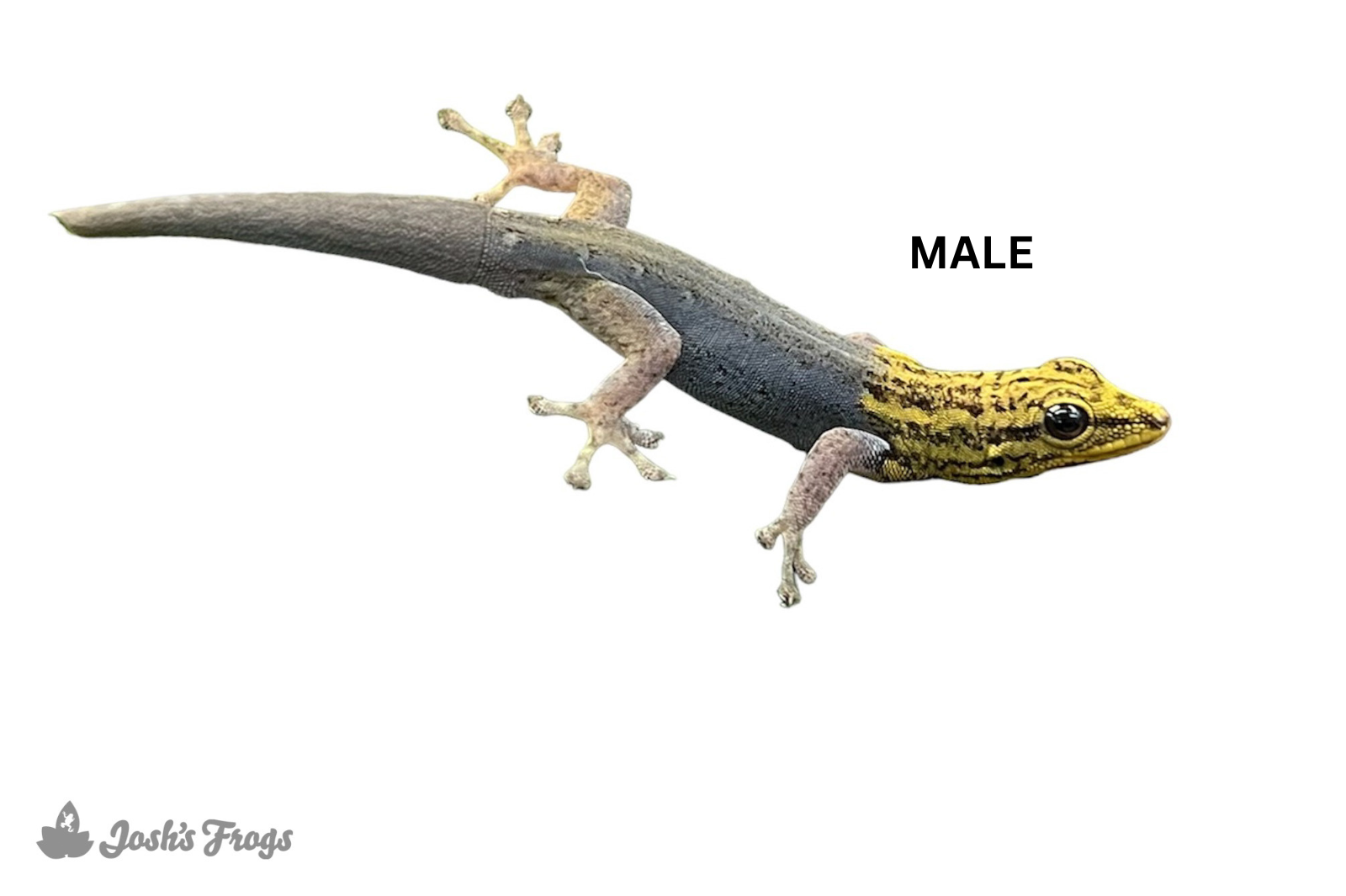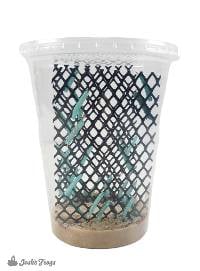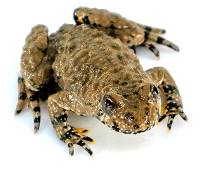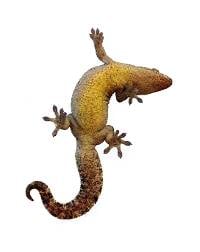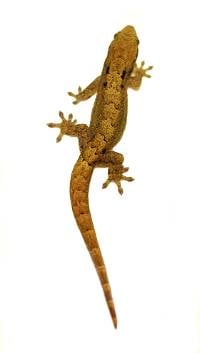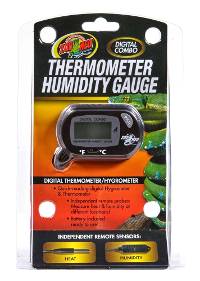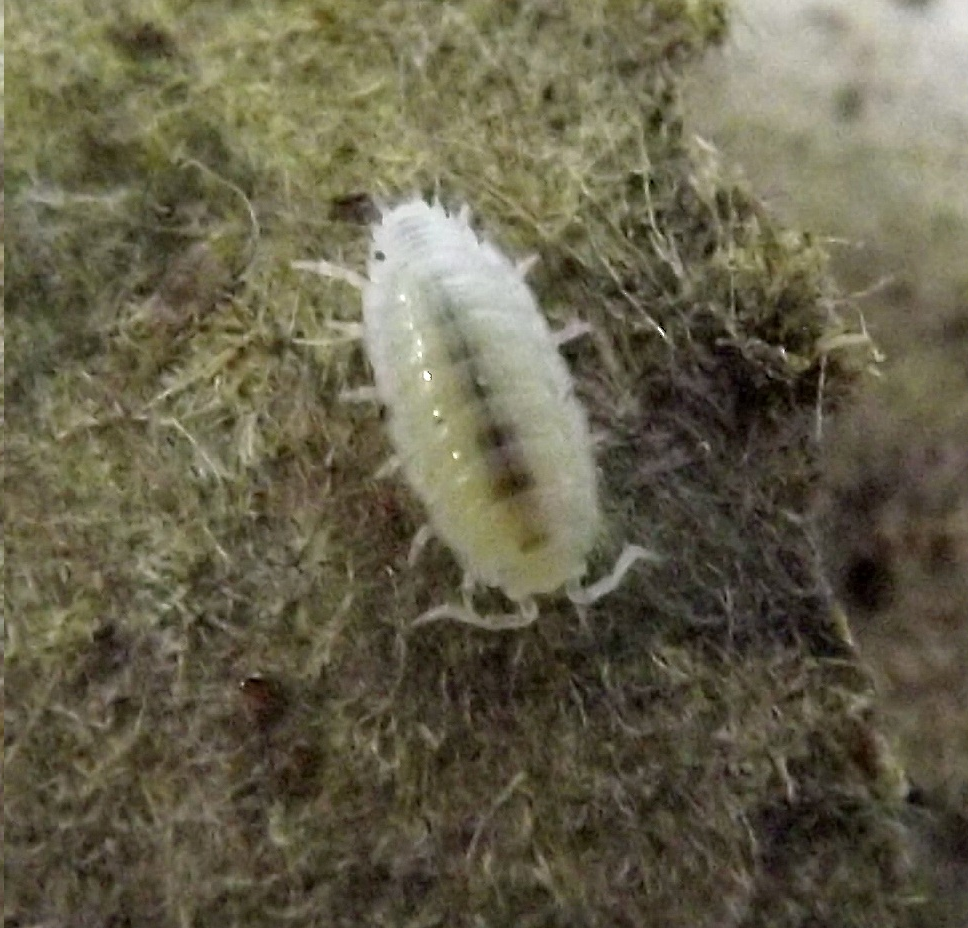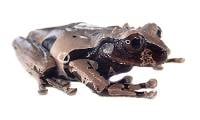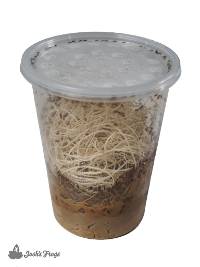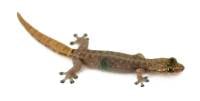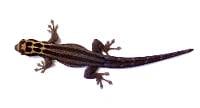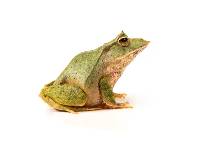Josh's Frogs
Eyespot Gecko - Gonatodes ocellatus (Captive Bred)
Eyespot Gecko - Gonatodes ocellatus (Captive Bred)
About This Product
Defining Characteristics:
- Diurnal
- Easy to keep
- Tiny gecko
- Unusual patterns
- Small size = less expensive setup
Name: Gonatodes ocellatus, or Ocellated Gecko or eyespot gecko, occurs on Trinidad, Tobago and Little Tobago Island. In latin Ocellatus means to be provided with eyes. The males have two black-bordered, lateral ocelli, that are usually light blue to white.
Recommended Enclosure Size: Adults should be kept alone or in pairs in a 8x8x12 glass enclosure or 12x12x12 enclosure. Because this species does not grow very large, upgrading adults to a larger enclosure is usually unnecessary. Coco fiber-based substrates or sand-soil substrates work well. A bioactive substrate can be made with BioBedding, springtails, and isopods. Keep substrate moist. A layer of leaf litter should be added on top of the substrate. Hides should be provided; cork bark and similar items work well. Climbing materials like rocks, driftwood, cork bark, and manzanita branches can be provided. Live plants are also a welcome addition.
Temperature: Keep ocellated geckos between 75-80 F. A heat source is not necessary as long as stable temperatures are maintained. If a heat source is provided, use a low wattage heat pad or bulb to prevent overheating.Temperature should be monitored with a digital thermometer. Night temperatures should not fall below 65 F. UV light requirement debated; if used, provide plenty of shade in the enclosure.
Humidity: Ocellated geckos need a relatively humid but well-ventilated setup between 55-65%. Plants can be added to provide humid microclimates. Ambient humidity should be monitored with a digital hygrometer. They should be lightly misted daily or every other day provide dew on enclosure walls and cage items from which they can drink, but enough ventilation should be provided to allow the enclosure to dry out after several hours. A shallow water dish can be provided but is not necessary with regular misting.
Size: Hatching out at only an inch or so, adult ocellated geckos will only reach 3-4 inches!
Age: Ocellated geckos are at least 4 weeks old when sold by Josh’s Frogs. It is estimated that these geckos live for 10-20 years in captivity.
Feeding: Ocellated geckos sold by Josh’s Frogs are fed pinhead crickets and ⅛-inch crickets. These juveniles can also be occasionally offered extra small black soldier fly larvae, melanogaster fruit flies, and springtails. Adults should be fed a staple of ⅛-inch crickets, or ¼” inch crickets, but can also be offered black soldier fly larvae, melanogaster and hydei fruit flies, dwarf white isopods, and bean beetles. All feeder insects should be gut loaded and dusted with vitamin/mineral supplements, and can be offered in a food dish.
Sexing: Ocellated geckos are sexually dimorphic and can be visually sexed. Whereas females mostly resemble juveniles in color and pattern, being subdued with a brownish-gray base color with some lighter and darker spots and patterns, the male’s are much more brilliant.
Color/Pattern: Juveniles and females are beige with irregular lines running from their head to their hind legs. The males have a brighter base color of gray-blue to brown. The males head and tail may have rust colored stains varying from yellow to orange and back to yellow and the base color of the head is a yellowish color, with a reddish-orange pattern. They also have a yellow ring bordered in black around their neck. The neck ring is often interrupted dorsally. Young animals share the same color as the females, however they are more strongly contrasted and have a black and white tail. After a few months, young males begin to show the classic eye spots.Juveniles exhibit two conspicuous “eyespots” behind their head. Males are also beige but become spotted and develop a yellow snout and chin.
Social Behavior: This species is best kept alone or in a single pair.
Breeding: A light brumation period in the winter or longer days in the summer will help incite breeding. Females lay single eggs every 3 weeks in a secure area, and will often make use of strategically placed egg-laying tubes. Eggs hatch within 50-60 days.
Natural Range: The ocellated gecko can be found across the islands of Trinidad and Tobago and on Little Tobago.
History in the Hobby: Despite being not too difficult to keep and breed, captive bred individuals are not often readily available. We’re excited to make this micro gecko more popular and available!
Links of Interest:
Ocellated gecko Care Sheet - An excellent resource on Gonatodes ocellatus from the Dwarf Geckos website.
Still not sure if the ocellated gecko from Josh's Frogs is the right pet for you? Read the reviews below and see what other customers are saying!
Other Customers Also Bought
Customer Reviews
0.0 out of 5 stars
Review data
5 star reviews
- 0%
4 star reviews
- 0%
3 star reviews
- 0%
2 star reviews
- 0%
1 star reviews
- 0%

